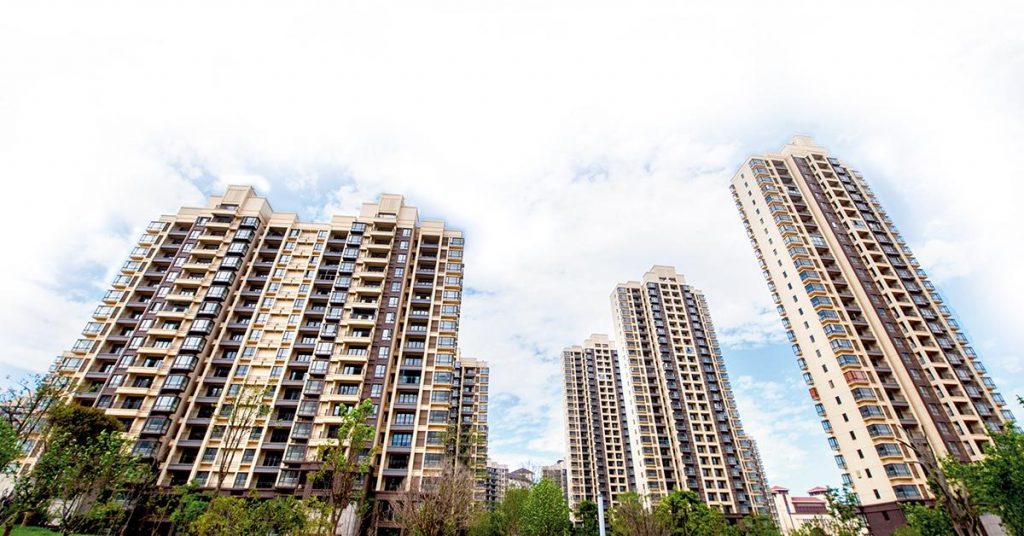
Housing Prices Skyrocket in India’s Top-7 Cities
Over the past five years, India’s real estate market has witnessed an extraordinary transformation, with housing prices in the top-7 cities—Bengaluru, Hyderabad, Delhi-NCR, Mumbai, Pune, Chennai, and Kolkata—soaring by an average of 44%, according to a recent Anarock Research report. This sharp rise is particularly striking in Hyderabad and Bengaluru, where prices have experienced the steepest climbs. Understanding this trend requires a deep dive into the economic, social, and demographic shifts that have reshaped these urban landscapes, especially in the wake of the COVID-19 pandemic.
The Post-Pandemic Housing Boom: The pandemic initially brought the real estate sector to a standstill, with lockdowns, supply chain disruptions, and market uncertainty. However, as countries adapted to the “new normal,” the demand for residential spaces surged dramatically. A key factor behind this boom was the widespread adoption of remote work, which redefined homebuyers’ preferences. Many began seeking larger homes with dedicated office spaces, favoring cities with robust infrastructure and job opportunities, particularly in tech-centric regions like Hyderabad and Bengaluru.
Hyderabad and Bengaluru: Leading the Charge Among the top-7 cities, Hyderabad and Bengaluru have led the housing price surge, each becoming a prime destination for both professionals and investors. Hyderabad’s booming IT sector, combined with significant infrastructure investments—such as metro expansions and new highways—has attracted an influx of skilled workers, pushing demand for housing. Similarly, Bengaluru’s well-established tech ecosystem and reputation as India’s startup capital have maintained high demand for residential properties, driving up prices.

The Role of Infrastructure and Urbanization: Infrastructure development has been instrumental in fueling this real estate boom. Initiatives like the Smart Cities Mission and expanding metro networks have significantly enhanced connectivity and amenities, making these cities more livable and investment-friendly. In densely populated metros like Mumbai and Delhi-NCR, limited land availability has compounded demand, further propelling housing prices upward. Conversely, cities like Pune and Chennai have seen steadier, more moderate price growth, benefiting from a more balanced supply-demand equation.
Implications for Homebuyers and Investors: The 44% rise in housing prices presents both challenges and opportunities. For first-time buyers, affordability is an increasing concern, especially in cities where property values were already high, such as Mumbai and Bengaluru. On the flip side, current homeowners and investors are enjoying substantial returns on their investments. However, market saturation risks and potential interest rate hikes add layers of complexity for those looking to enter the market or expand their portfolios.
Conclusion: The housing price surge across India’s top-7 cities signals a dynamic, rapidly evolving real estate market. Cities like Hyderabad and Bengaluru are at the forefront of this trend, driven by strong economic fundamentals and extensive infrastructure improvements. While the market outlook remains bullish in the short term, both homebuyers and investors must remain vigilant to the challenges posed by rising costs and changing market conditions.










